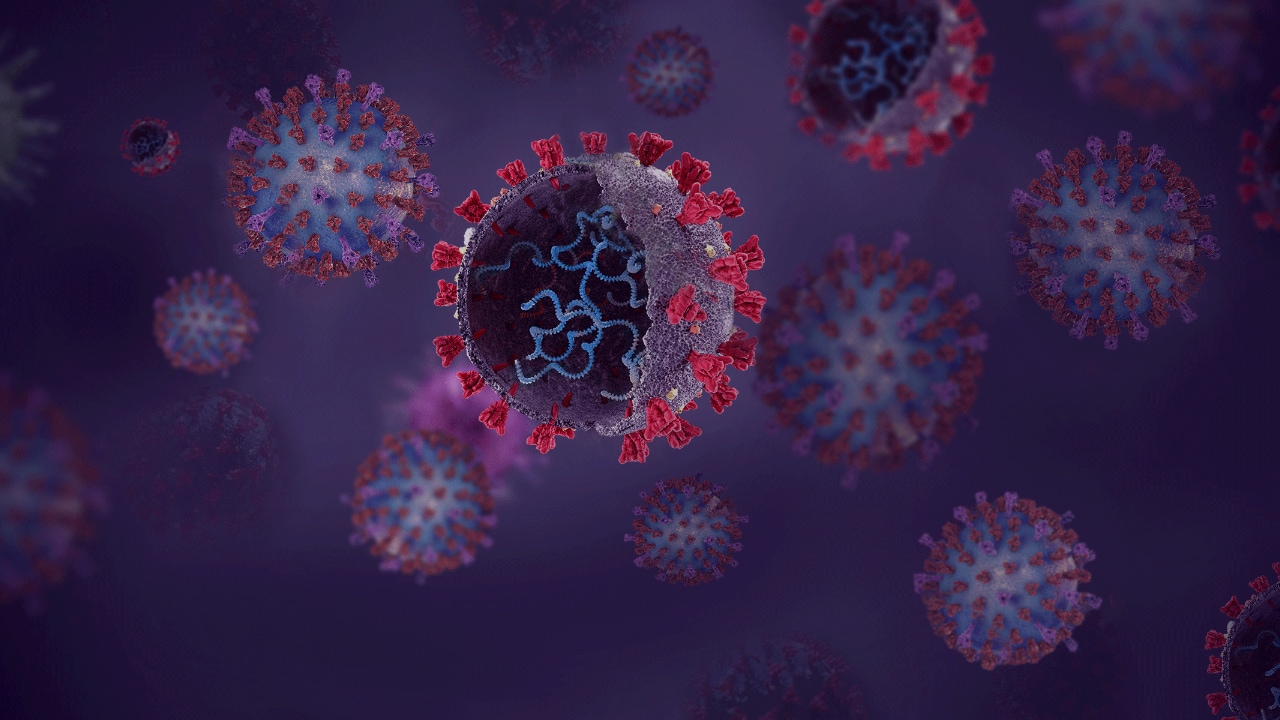Abstract and Introduction
Abstract
The isolation of influenza virus 80 years ago in 1933 very quickly led to the development of the first generation of live-attenuated vaccines. The first inactivated influenza vaccine was monovalent (influenza A). In 1942, a bivalent vaccine was produced after the discovery of influenza B. It was later discovered that influenza viruses mutated leading to antigenic changes. Since 1973, the WHO has issued annual recommendations for the composition of the influenza vaccine based on results from surveillance systems that identify currently circulating strains. In 1978, the first trivalent vaccine included two influenza A strains and one influenza B strain. Currently, there are two influenza B lineages circulating; in the latest WHO recommendations, it is suggested that a second B strain could be added to give a quadrivalent vaccine. The history of influenza vaccine and the associated technology shows how the vaccine has evolved to match the evolution of influenza viruses.
Introduction
In 1933, 80 years ago, the first human influenza virus was isolated after propagation in ferrets, followed shortly afterward by research on an influenza vaccine.[1] Memories of the deadly influenza pandemic in 1918 were still very present and the disease caused fear. The discovery of the causal agent and the possibility of manipulating it in the laboratory opened the way to new means of investigation and progress.
Expert Rev Vaccines. 2013;12(9):1085-1094. © 2013 Expert Reviews Ltd.









